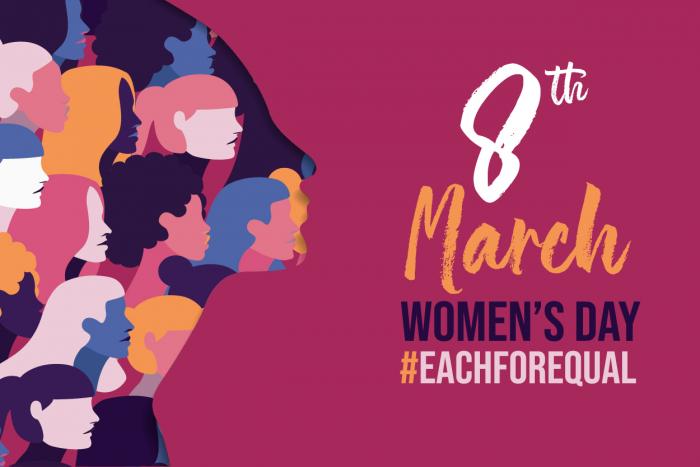
In the 21st century, women are still paid less than men for doing the same work, they are often expected to give up their careers to bring up their children or take care of their relatives.
These inequalities are even more amplified when women are part of an ethnic minority or come from a migrant background.
While both Roma women and Roma men face social exclusion, poverty and discrimination, Roma women are much more affected then men. Compared to Roma men, less Roma women finish high school and much less of them have a job.
For example, FRA research shows that only 16% of Roma women have completed upper secondary education compared with 22% of Roma men. And, only 16% of Roma women are in employment compared with 34% of Roma men. To put this into perspective, 57% of general population women are employed compared with 71% of men.
The same is true for migrant women. Although migrant women come from diverse backgrounds with different educational levels, they struggle much more to find a job.
For example, as FRA research shows, only 52% of migrant women surveyed are in paid work compared to 73% of migrant men. And even though a third of migrant women have been to university, only around a third of working migrant women have highly skilled jobs.
Women are also much more likely to experience physical violence, with one in three women in Europe being a victim of violence and over a half having experienced harassment.
These findings underline the need for targeted, gender-sensitive measures to compensate for such inequalities.
From supporting them in education, providing training and offering childcare, there is a lot to do to ensure women are treated equally and have equal opportunities to study, work and enjoy their lives.
This would in turn, go a long way towards establishing a gender equal world.
Follow this news feed: EU





